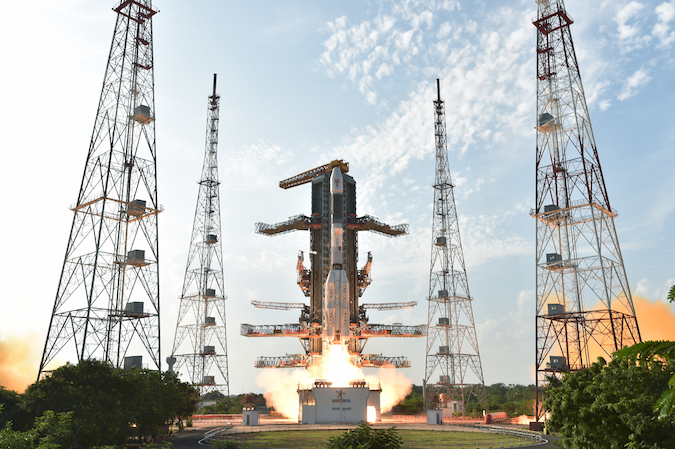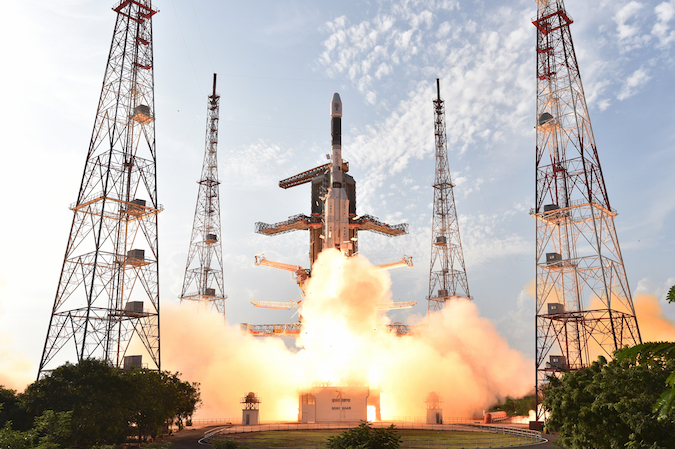
India’s Geosynchronous Satellite Launch Vehicle climbed away from Sriharikota Island on the country’s east coast Thursday, delivering a weather satellite into orbit and achieving the third success in a row for the previously-troubled booster.
The all-Indian 161-foot-tall (49-meter) rocket lifted off from the Second Launch Pad, one of two orbital-class facilities at India’s Satish Dhawan Space Center, at 1120 GMT (7:20 a.m. EDT; 4:50 p.m. India Standard Time) Thursday.
The launch base is located on the coast of the Bay of Bengal, about 80 kilometers (50 miles) north of the industrial city of Chennai.
A solid-fueled first stage motor and four strap-on Vikas engines consuming a mixture of liquid hydrazine and nitrogen tetroxide powered the initial two minutes of the ascent. An upper stage with an Indian-developed cryogenic engine released the Insat 3DR weather observatory into orbit as planned about 17 minutes after liftoff.
Thursday’s launch of the GSLV Mk.2 was the rocket’s third consecutive successful flight after a rash of failures earlier in its development. The rocket is sized to haul bigger satellites into space than India’s workhorse PSLV, which has a much stronger success record.
Thermal panels are seen coming off the rocket at liftoff. They keep the GSLV’s liquid propellants at the right temperature during the countdown, then detach at launch.






